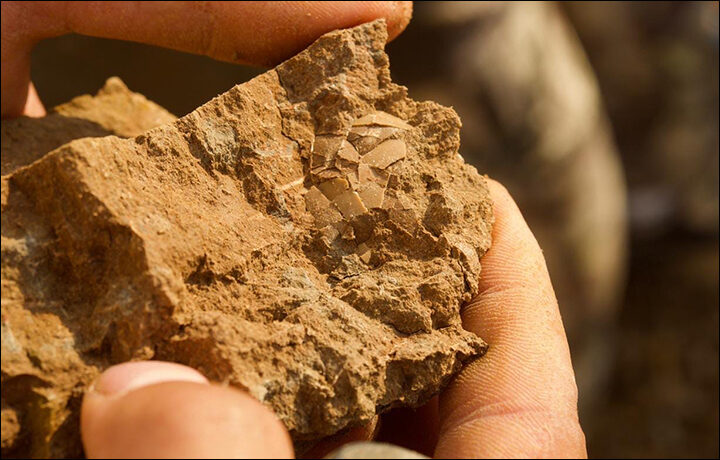
Pieces of the broken shell still shaped as an egg were found on 8 August at Shestakovo-3 paleontological site.
The fossilised shell was in the same layer where six years ago archeologists found a mass burial of Psittacosaurus, otherwise known as Parrot Lizards - extinct ceratopsian dinosaurs with a high skull and a robust beak that lived between 126 and 101 million years ago (Early Cretaceous).
Back then there were four fully preserved skeletons of these dinosaurs found in the burial.
Psittacosaurus Sibiricus is the largest-known species of Psittacosaurus, with the biggest skull (20.7cm) and two striking features like the longest neck frill and four 'horns' around each eye.
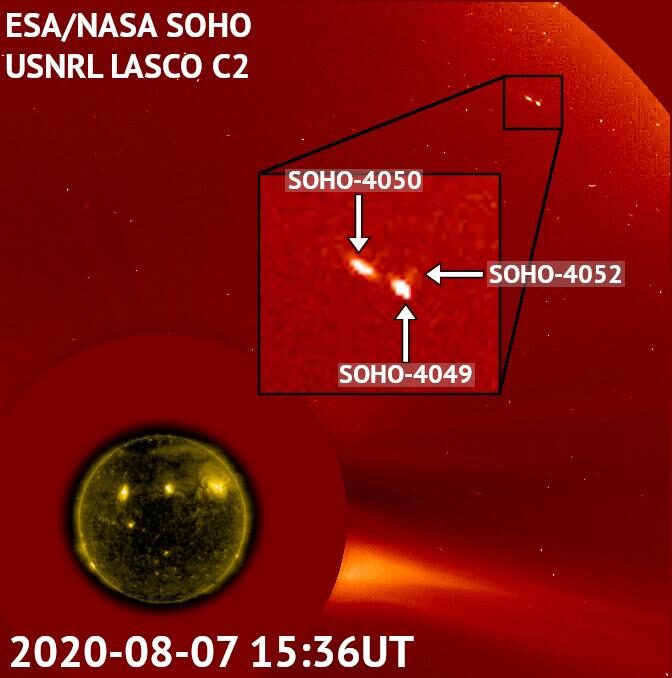

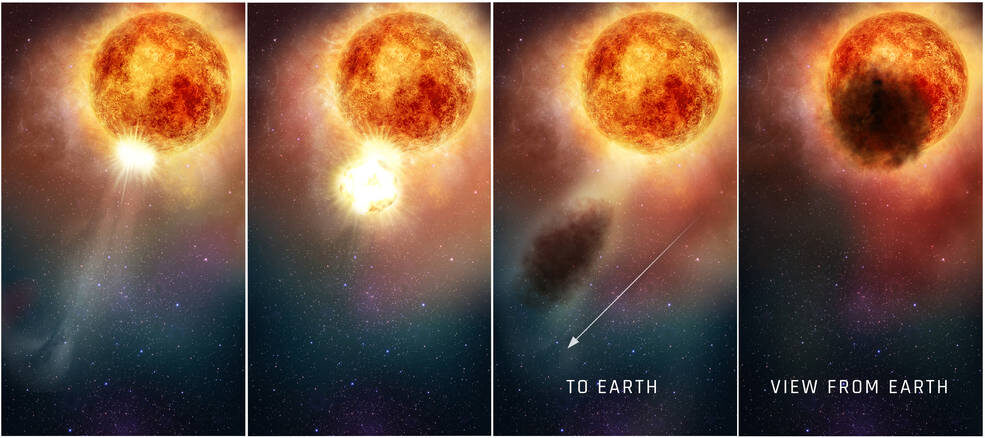

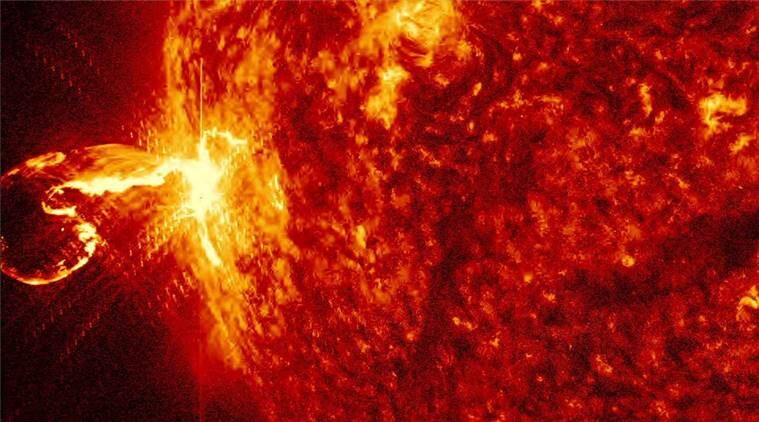
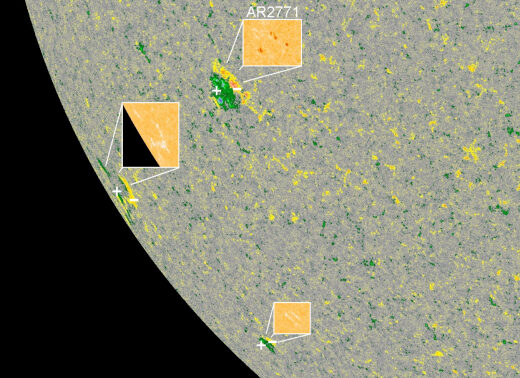
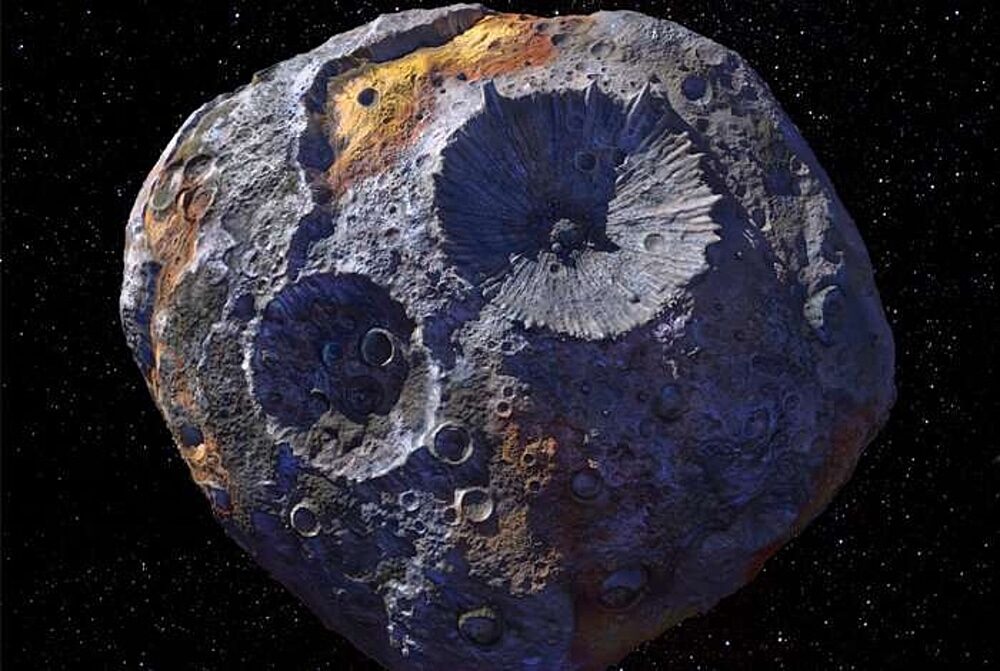
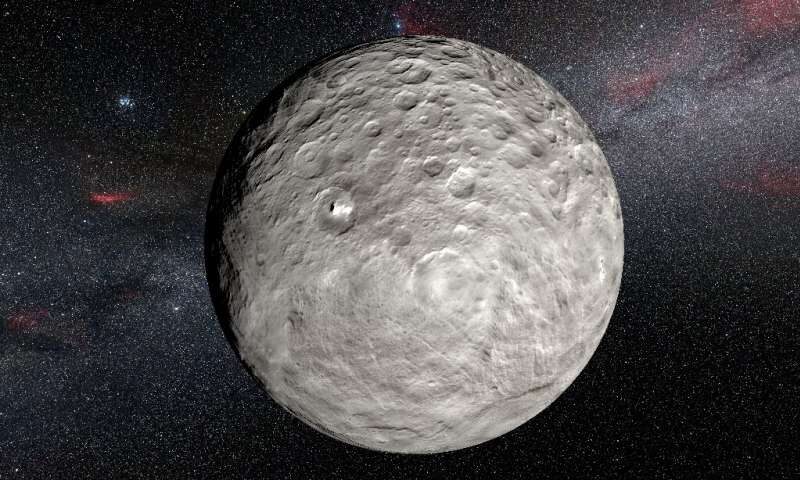





Comment: See also: